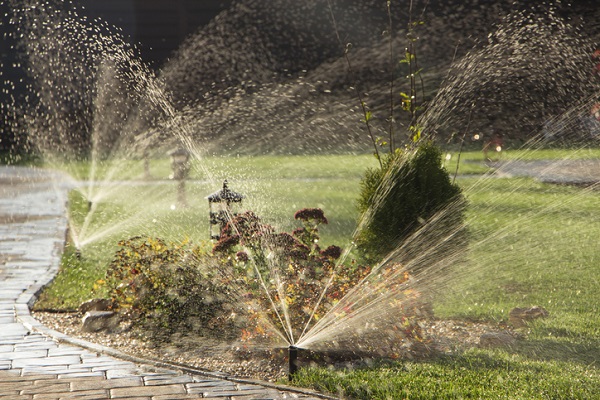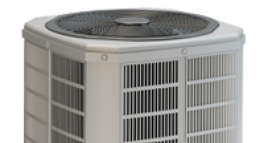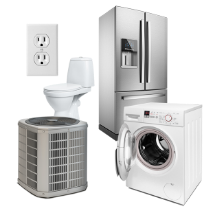Winterizing sprinkler systems is an annual ritual throughout many parts of the United States. If you live in a region where frost levels extend below your installed piping, learn how to winterize before it’s too late.
Method 1: Manual Drain
Use this method if your system’s manual valves are located at the low and end points of the sprinkler system piping.
- Begin by shutting off the water supply.
- Open every manual drain valve.
- Once the water has drained from the mainline, open the drain cap or boiler drain valve and drain the remaining water between the backflow device and water shutoff valve.
- Next, open every backflow test thingy (yes, it really is called a thingy).
- For sprinklers with check valves, lift the sprinklers to force water out of the base of the sprinkler body.
- Once all the water is gone, close every manual drain valve.
Method 2: Auto Drain
With this method, your drain valves will automatically open and release water anytime the piping pressure dips below 10 PSI. If you have this system, here’s how to start the process.
- Shut off the water supply and activate a station to reduce system pressure.
- Once the water has been purged from the mainline, open the drain cap or boiler drain valve and drain the remaining water between the backflow device and water shutoff valve.
- Open the backflow test thingies on the backflow device.
- If your sprinklers have check valves, raise the sprinklers to force water out.
Method 3: Blowout Method
This method relies on compressed air to force water from the system. Here’s how to do it.
Materials
- ANSI-approved safety eye protection
- For any mainline of 2 inches or smaller, you will need an air compressor with a CFM rating of 80–100.
Process
- Stay clear of valves, sprinklers, pipes, and other irrigation components.
- Turn off the water supply.
- Close the compressor valve and attach the compressor to the mainline, located beyond the backflow device, via a hose bibb or quick coupler. This is key, since it’s important to never blow compressed air through your backflow device.
- Once you have a secure connection, activate the station for the zone of sprinklers farthest from the compressor and highest in elevation.
- Shut every backflow isolation valve, and then release the valve on the compressor very slowly.
- As air gradually flows through the system, make sure your pressure stays below the max operating pressure specs for the lowest pressure-rated component.
- Activate each station/zone, beginning farthest from the compressor, and slowly work backward toward the stations/zones nearest the compressor.
- Make sure you can see no water exiting the heads before moving from station to station.
- Avoid blowing air through dry pipes. Never run an air compressor without ensuring that at least one control valve is open.
- Once the irrigation system is dry, disconnect the compressor and release any remaining air.
- If your backflow device has one or more ball valves, open and close the device several times to release any trapped water that may have escaped from the upper areas.
- Keep your isolation valves opened at a 45-degree angle and open every backflow test thingy.
Understanding the Risks of Unwinterized Sprinkler Systems
When temperatures drop below freezing, the water in your sprinkler system can freeze, expand, and crack PVC pipes. That can lead to flooding, water damage, and dangerous ice slicks, not to mention the huge costs to address burst pipes.
To help prevent damage, many modern systems now rely on more flexible polyethylene pipe, which can expand under pressure. That said, expanding ice can still rupture these pipes. Freezing water can also crack the brass body and internal components within a backflow assembly.
In short, if you don’t winterize your sprinkler system, you run the risks of burst pipes and problems.
To reduce the risk of damage, most sprinkler-system installers use one of three specific water removal methods: auto drain, manual drain, or blowout. Let’s look at each. Consult your sprinkler system’s manual to determine which method is right for you.

While You Maintain Your Watering System, Let 2-10 Protect Your Home
2-10 Home Buyers Warranty offers money-saving systems and appliances coverage against routine breakdowns. That’s important because breakdowns can be expensive!
With a 2-10 Home Service Plan, you can protect more and pay less to address expensive, inconvenient breakdowns.
When you choose 2-10, you can personalize your plan with options that fit your needs and budget. You also get exclusive perks, such as discounts on GE and Whirlpool brand appliances.
While you maintain your watering system, let 2-10 protect your home.









